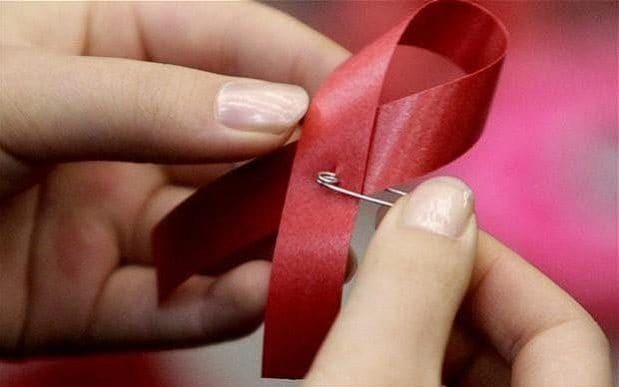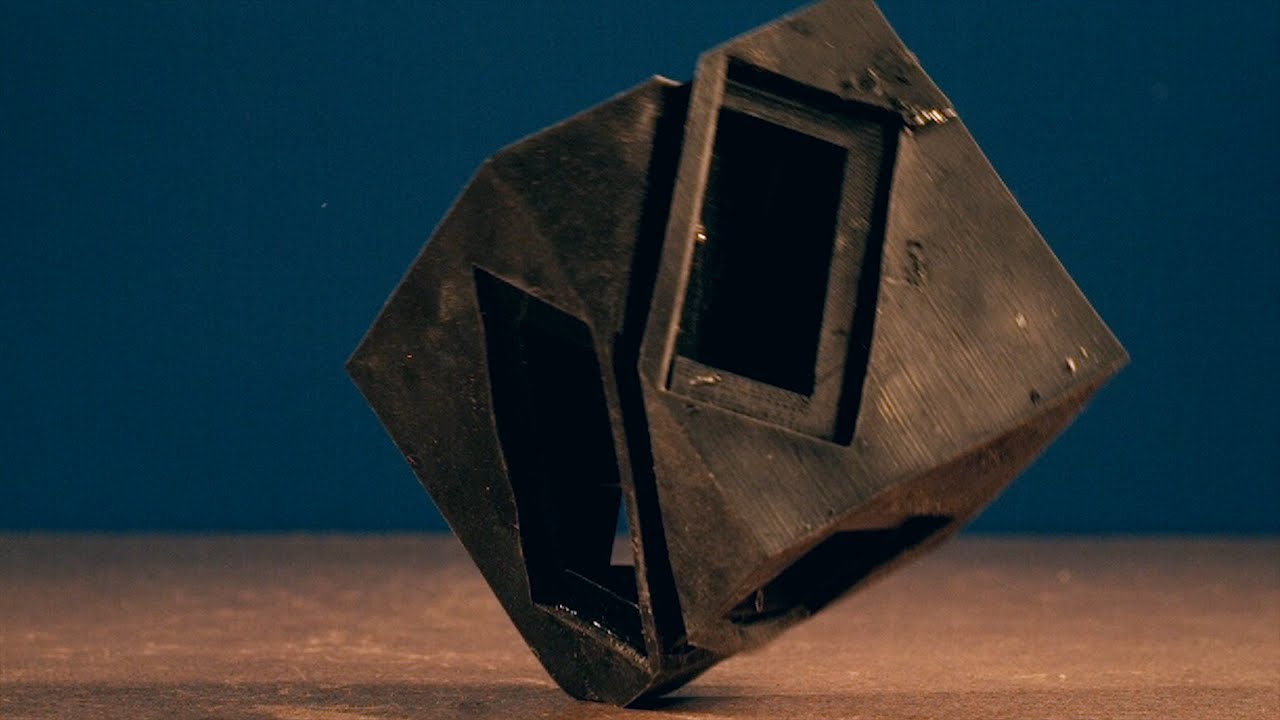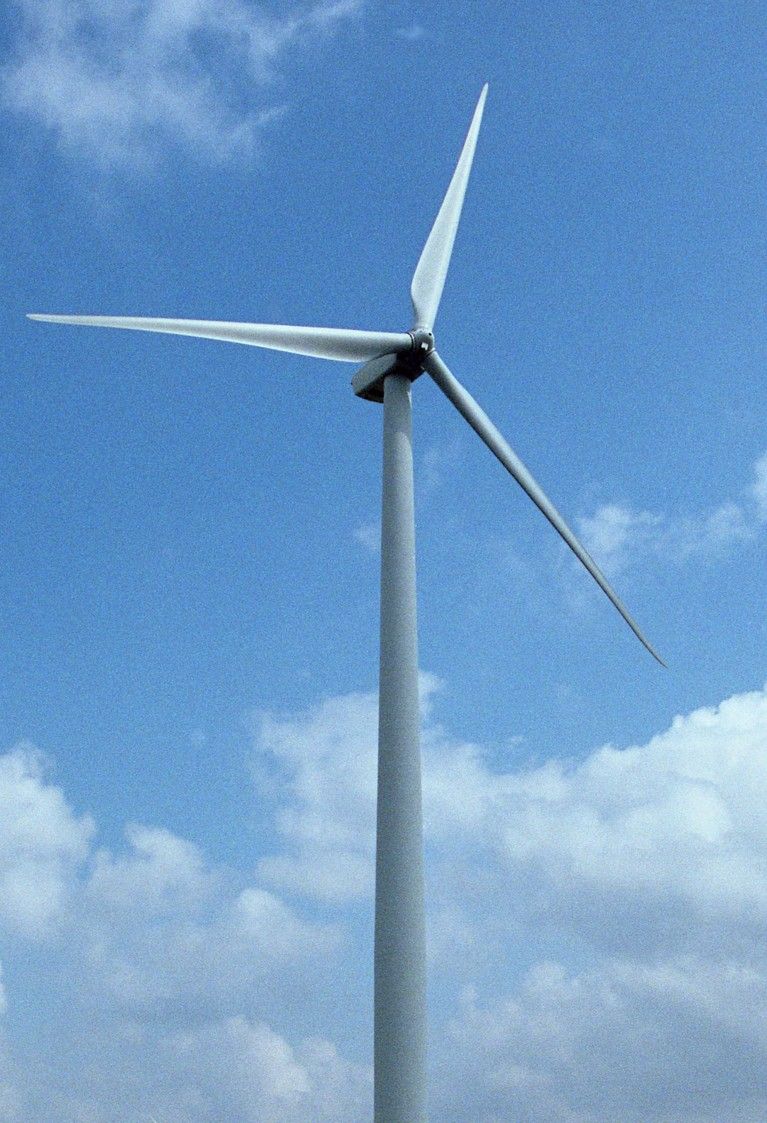![]()
I never get tired in circuitry thread and any new findings.
Tufts University engineers say that revolutionary health diagnostics may be hanging on a thread—one of many threads they have created that integrate nano-scale sensors, electronics and microfluidics into threads ranging from simple cotton to sophisticated synthetics. “We think thread-based devices could potentially be used as smart sutures for surgical implants, smart bandages to monitor wound healing, or integrated with textile or fabric as personalized health monitors and point-of-care diagnostics,” says Sameer Sonkusale, Ph.D., director of the interdisciplinary Nano Lab in the Department of Electrical and Computer Engineering at Tufts School of Engineering, Medford/Somerville, Mass.
Researchers dipped a variety of conductive threads in physical and chemical sensing compounds and connected them to wireless electronic circuitry. The threads, sutured into tissues of rats, collected data on tissue health (pressure, stress, strain and temperature), pH and glucose levels. The data helps determine how wounds are healing, whether infection is emerging or whether the body’s chemistry is out of balance. Thread’s natural wicking properties draw fluids to the sensing compounds. Resulting data is transmitted wirelessly to a cell phone and computer.
Continue reading “Smarter thread” »
















